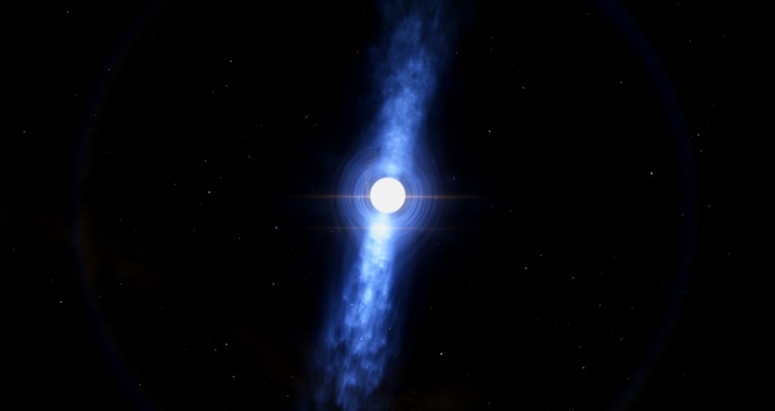Powerful energy hits Earth from a dead star and challenges conventional theory

Astronomers expressed their astonishment that the Vela pulsar released an energy explosion of 20 trillion electron volts towards planet Earth. This energy is the highest amount of gamma rays ever observed from a pulsar.
According to the scientific journal Nature Astronomy, this new phenomenon challenges the current understanding of pulsars and their energy emissions.

The Vela pulsar is a type of neutron star, consisting of photons with energies measured higher than a teraelectronvolt. It is located about 1,000 light-years from Earth and has a diameter of 12 miles.
For his part, Arad Janati Atay, a researcher involved in the study from the National Center for Scientific Research, said: “We detected gamma-ray photons of up to 20 TeV from the Vela pulsar.”

How pulsars form
Pulsars are formed from the remains of dead stars that have exploded to form supernovae, emitting beams of electromagnetic radiation visible on Earth at regular intervals, which are incredibly dense and energetic.
Previously, the existence of a pulsar was considered relatively normal, but the recent emission of the Vela pulsar was about 200 times more energetic than any radiation previously observed, which prompts a reconsideration of the traditional theory that attributes the radiation to fast electrons, which originate from the atmosphere. The magnetism of a pulsar.
Astronomers are currently working to explore alternative explanations for the enormous energy that emerged from the Vela pulsar, including the possibility of particles from the star being pushed out of its magnetic membrane, or the presence of magnetic fields in unexpected areas.
Source: websites

